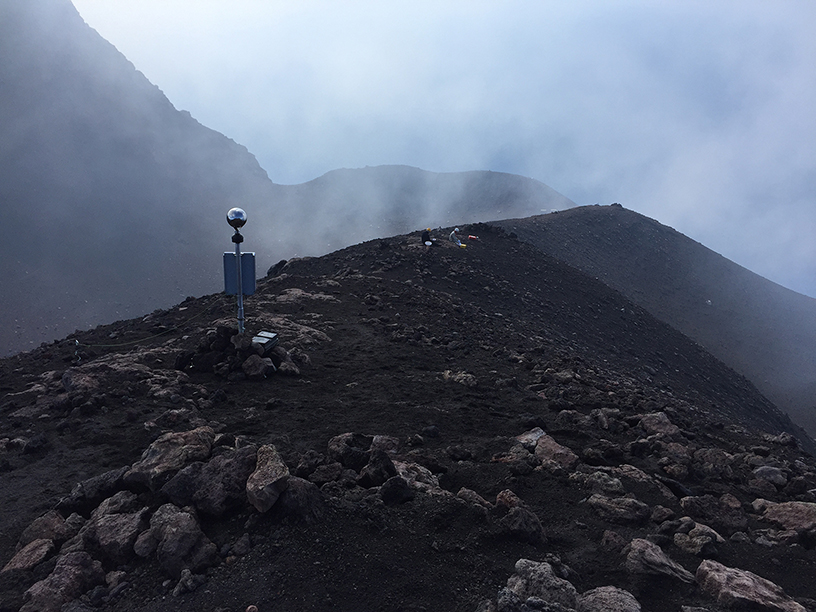Optimising Wind Farm Efficiency
As the world accelerates towards net zero targets, renewable energy sources like wind power are becoming increasingly critical to the global energy mix. But to operate efficiently and safely, wind farms require more than just strong gusts – they rely on precise, real-time weather data. This is where advanced meteorological sensors play a crucial role in helping operators maximise output, minimise downtime, and protect vital infrastructure.
The role of weather in wind energy production
Wind turbines are designed to perform within specific parameters of wind speed, direction, and turbulence. Too little wind means low energy production; too much, and turbines may need to shut down to avoid mechanical stress or damage. Accurate weather data enables operators to anticipate changes and adjust operations accordingly – either by curtailing production during extreme conditions or optimising output when conditions are ideal.

Real-time monitoring for smarter decisions
Advanced weather sensors, such as those developed by Biral, offer high-resolution, real-time data on wind speed, direction, temperature, humidity and visibility. This information allows for dynamic decision-making, whether it’s adjusting turbine orientation, predicting icing risk, or scheduling maintenance when wind conditions are safest.
For offshore wind farms, which face more volatile weather, these insights are even more critical. Predictive maintenance models based on sensor data can help reduce costly unplanned outages and extend the lifespan of components. Real-time visibility data can also support the safety of helicopter or boat transfers for personnel.
Forecasting and energy trading
Short-term forecasting is another vital application of meteorological data. Accurate predictions of wind availability allow energy traders and grid operators to plan effectively, ensuring a stable supply to the grid and helping avoid overproduction or shortfalls. This supports not only operational efficiency but also economic performance – particularly in energy markets where prices fluctuate based on supply predictability.
Sustainability through smarter sensing
The integration of weather sensors into wind energy infrastructure represents a key convergence of clean technology and smart data. By capturing and leveraging high-quality environmental data, wind farms can operate more safely, predictably and sustainably – contributing to a cleaner energy future.
At Biral, we’re proud to support the renewable sector with cutting-edge sensor technology that empowers operators with the insight they need to perform at their best, whatever the weather.